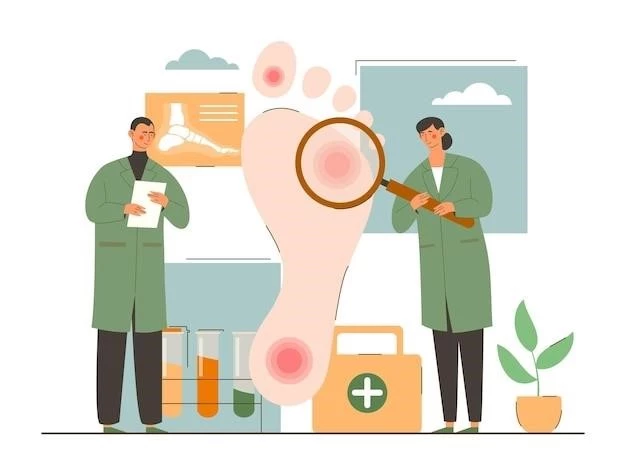Introduction
Pseudomonas oryzihabitans is a rarely isolated bacterium implicated in human infections, notably in cases of bacteremia, CNS, wound, and catheter-associated infections.
Pseudomonas oryzihabitans, an emerging pathogen, has been implicated in various infections such as bacteremia, CNS infections, wound infections, peritonitis, and sinusitis. Its prevalence is low, with limited information in developing countries.
Clinical Presentation
Symptoms of Pseudomonas oryzihabitans infection are often vague and may vary depending on the affected area. Identifying the infection solely based on symptoms can be challenging.
Overview of Pseudomonas oryzihabitans infection
- Pseudomonas oryzihabitans is a rarely isolated bacterium implicated in various infections such as bacteremia, CNS infections, wound infections, peritonitis, and sinusitis.
- It is considered an emerging pathogen with limited prevalence data, particularly in developing countries.
- Identification can be challenging due to nonspecific symptoms varying based on the affected area.
- Treatment typically involves antibiotics, and the bacterium shows low resistance to commonly used antibiotics.

Epidemiology
Pseudomonas oryzihabitans, an uncommon bacterium, is associated with infections including bacteremia, CNS infections, wound infections, and sinusitis. Limited prevalence data exists, particularly in developing countries.
Pseudomonas oryzihabitans infections are uncommon and have been reported in cases of bacteremia, CNS infections, wound infections, peritonitis, sinusitis, and catheter-associated infections in immunocompromised individuals. Patients with diabetes mellitus and those with indwelling catheters are particularly vulnerable to infections with this pathogen.
Diagnosis
Diagnosing Pseudomonas oryzihabitans infection may require specialized laboratory tests due to its rarity and similarities to other conditions. Culturing the bacterium from appropriate samples is crucial for accurate diagnosis.
Prevalence and risk factors
Reports suggest that Pseudomonas oryzihabitans infections are rare and have been identified in various scenarios including surgical site infections, mastitis, and wound infections post-trauma or bites. Individuals with diabetes mellitus and those with indwelling catheters face higher susceptibility to P. oryzihabitans infections.
Treatment
Management of Pseudomonas oryzihabitans infections includes antibiotic therapy, with the bacterium showing low resistance to common antibiotics. Identifying the appropriate antibiotic is crucial.
Antibiotics and management strategies
When it comes to treating Pseudomonas oryzihabitans infections, antibiotics play a key role. Due to the bacterium’s low resistance to commonly used antibiotics, proper antibiotic selection is crucial for effective management of the infection.
Prevention
Preventing Pseudomonas oryzihabitans infections involves maintaining proper hygiene practices, especially in healthcare settings. Sterilization of equipment and adherence to infection control protocols are crucial in preventing the spread of this bacterium.
Strategies to prevent Pseudomonas oryzihabitans infection
Preventing Pseudomonas oryzihabitans infections involves implementing strict infection control measures in healthcare settings, proper sterilization of equipment, and adherence to hygienic practices to mitigate the risk of transmission.
Complications
Pseudomonas oryzihabitans infections can lead to severe complications, especially when affecting vulnerable individuals. Long-term effects of the infection may vary depending on the site and extent of the infection.
Potential complications and long-term effects
Pseudomonas oryzihabitans infections can lead to severe complications, particularly in vulnerable individuals. Long-term effects may vary depending on the site and extent of the infection, requiring careful monitoring and management.

Research and Future Directions
Ongoing studies focus on understanding the emergence of Pseudomonas oryzihabitans as a potential pathogen, infection patterns in various populations, and evaluating treatment outcomes for better management.
Ongoing studies and advancements in understanding Pseudomonas oryzihabitans infection
Studies continue to investigate the emergence of Pseudomonas oryzihabitans as a pathogen, focusing on infection patterns, treatment outcomes, and ecological reservoirs to enhance understanding and management of this infection.
